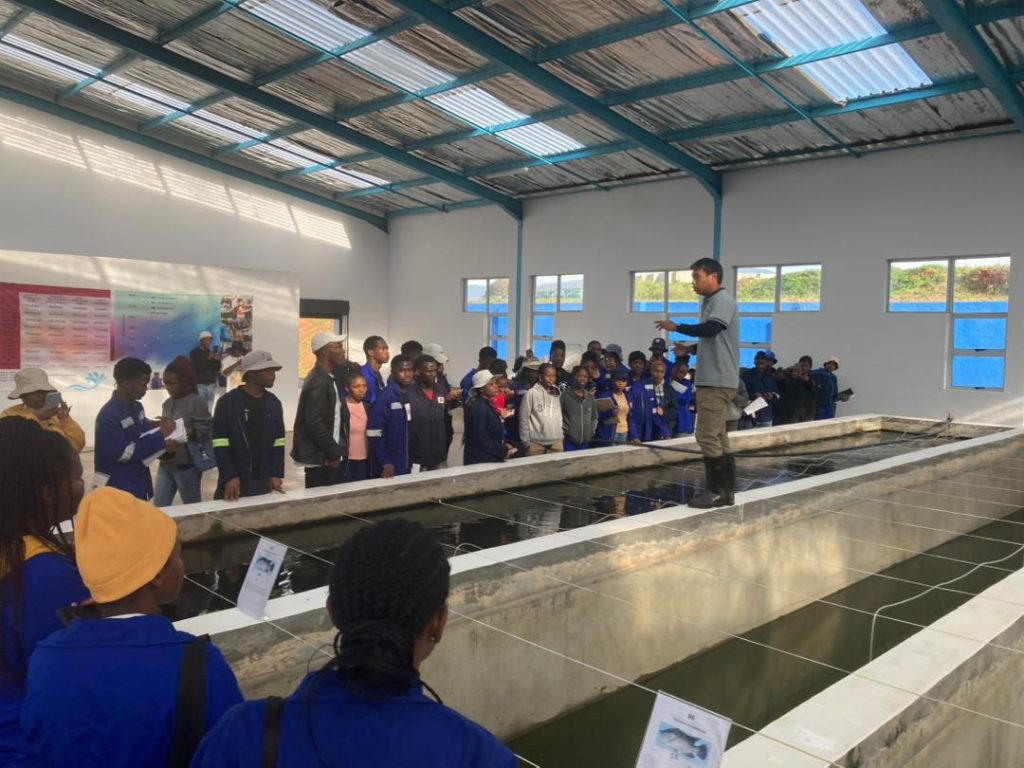
After investing about E54.63 million into aquaculture over four years, the Taiwan Technical Mission and Government have successfully engineered a hybrid fish that can be harvested twice a year, reaching around 400 grams in just 5–6 months.
The new hybrid species, now being piloted at approximately 20 homesteads across Eswatini, is drawing attention when compared to the original Mozambique Tilapia, which typically requires a full year to mature and grows to only about 200 grams, making fish farming less profitable for many farmers.
Speaking to this publication, Samuel Liu, Head of Programme Development under the Aquaculture Sector at the Taiwan Technical Mission, explained that before coming to Eswatini, the mission had implemented cage aquaculture projects in Honduras and El Salvador in Central America.
“After working in America, we saw that Eswatini is also suitable for fish farming and has a mild climate with a rainy season from November to March. The country receives about 800–1200 mm of rainfall annually, which helps maintain natural water bodies and reservoirs,” he said.
“Temperatures remain warm even during the dry season, which supports all year-round fish farming. There are currently about 180 fish farmers in the country, most of them raise Mozambique Tilapia due to its strong reproductive capacity.”
However, Liu highlighted that with the development of the new hybrid, there’s now a strong opportunity to enhance both yield and profitability. He emphasized that this innovation would help reduce Eswatini’s current reliance on fish imports, which presently stands at a staggering 100%.
“Domestic demand for fish protein is rising, but the country relies heavily on imports, mostly from South Africa. Local aquaculture can help bridge this gap. Being adjacent to South Africa, fish farming also presents potential export opportunities,” he said.
Liu concluded by highlighting that Eswatini’s policy environment supports the development of aquaculture, including land use, technical training, and access to financial loans. However, he cautioned that the country’s aquaculture supply chain is still developing and more work still needs to be done.
“The aquatic, product supply chain is not yet mature in Eswatini areas such as processing, cold chain logistics, fish feed, and fish seedling supply need improvement. Local consumers also have low acceptance of certain fish species, so investment in market education and promotion is crucial,” he said.
“While South Africa’s per capita fish consumption is around 6–8 kg per person per year, and the global average is over 20 kg, Eswatini’s current average is less than 1 kg per person per year,” Liu concluded.




